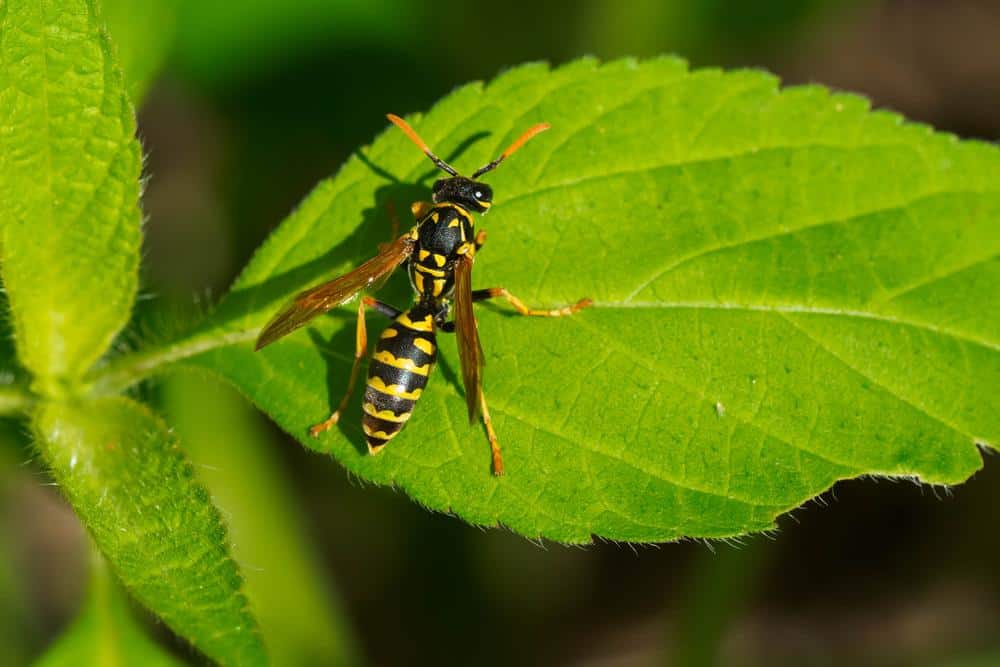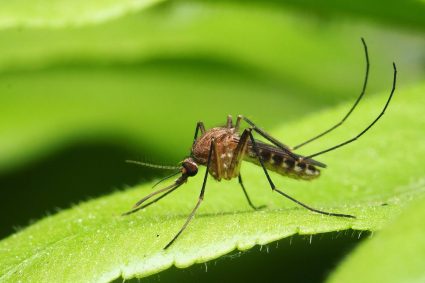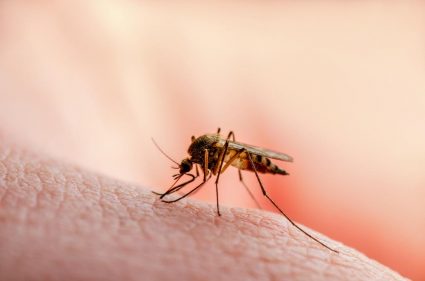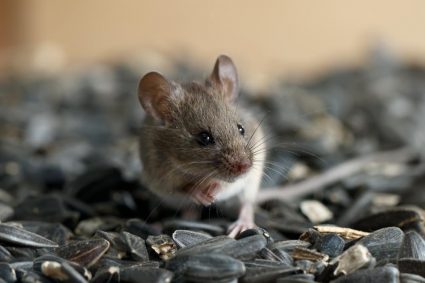
Yellow Jackets, with their vibrant yellow and black bodies, are a common sight in many parts of the world. While they play an essential role in the ecosystem by controlling other pests, their presence can become a nuisance, and their stings can be painful and dangerous. This article will take you through the process exterminators use to rid your property of Yellow Jackets, the risks of DIY removal, preventive measures, and more.
Exterminators get rid of Yellow Jackets by first inspecting your property to identify the presence and species of Yellow Jackets. They then assess the severity of the infestation and devise a tailored treatment plan, which could involve insecticides, traps, bait stations, or professional removal. After treatment, they monitor the situation to ensure all Yellow Jackets have been eliminated, applying additional treatments if necessary.
Identifying Yellow Jacket Infestations
Before diving into the extermination process, it’s crucial to understand how to identify a Yellow Jacket infestation. Common signs include sightings of Yellow Jackets, nests in the ground or in wall voids, aggressive behavior, and noises from inside walls. Remember, Yellow Jackets are known for their aggressive nature when their nest is disturbed, so it’s advisable to seek professional help if you suspect an infestation.
The Extermination Process
Extermination of Yellow Jackets typically involves several steps:
Inspection: The exterminator begins by inspecting your property to identify the presence of Yellow Jackets, their nests, and the entry points they use.
Identification: The specific Yellow Jacket species present are identified, as different species exhibit varying behaviors and appearances.
Assessing the severity: The severity of the infestation is evaluated based on factors like the size of the colony, the location of the nest, and potential risks to humans and pets.
Treatment plan: A tailored treatment plan is devised. This could involve insecticides, traps, bait stations, or professional removal.
Monitoring and follow-up: After treatment, the exterminator will monitor the situation to ensure all Yellow Jackets have been eliminated. Additional treatments may be applied if necessary.
Risks of DIY Removal
While the idea of eliminating Yellow Jackets yourself might be tempting, it comes with several risks. These include aggressive behavior from the Yellow Jackets, multiple painful stings, ineffective DIY methods, potential property damage, and swarming of the Yellow Jackets if their nest is disturbed.
Prevention is Key
To prevent future infestations, exterminators advise homeowners to avoid leaving food or drinks outdoors, seal holes and gaps in the property, maintain the yard, repair door and window screens, use peppermint oil, and set up traps. Regular professional inspections can also help detect and eliminate any nests before an infestation becomes severe.
Going Natural
For those who prefer natural methods, there are several options. These include planting repellent plants, using peppermint oil spray, creating homemade Yellow Jacket traps, and using a peppermint castile soap and water mixture for ground nests.
Conclusion
While Yellow Jackets are a common part of our ecosystem, their presence can become a nuisance and a danger when they infest our homes and yards. Professional exterminators provide a safe and effective solution to this problem, ensuring that your outdoor spaces remain a safe place to relax and enjoy. Remember, if you suspect a Yellow Jacket infestation, it’s always best to seek professional help.
Frequently Asked Questions
What are some of the repellent plants that can deter Yellow Jackets?
Some plants that are known to repel Yellow Jackets include wormwood, mint, and lemongrass. These plants emit scents that are unattractive to Yellow Jackets, thus deterring them from nesting in your yard.
How dangerous are Yellow Jacket stings?
Yellow Jacket stings can be quite painful and may cause allergic reactions in some individuals. Symptoms of a sting can include intense pain, swelling, redness, and itching. In severe cases, an allergic reaction can lead to difficulty breathing, rapid pulse, and even anaphylaxis. If you or someone else has been stung and exhibits these severe symptoms, seek medical attention immediately.
How long does it take for exterminators to eliminate a Yellow Jacket infestation?
The time it takes for exterminators to eliminate a Yellow Jacket infestation can vary depending on the severity of the infestation, the size of the nest, and the specific extermination methods used. Generally, it can take anywhere from a few hours to a few days.
Can Yellow Jackets return after extermination?
Yes, Yellow Jackets can return after extermination if conditions are still favorable for them. This is why prevention measures, such as sealing entry points, maintaining the yard, and regular inspections, are crucial.
What is the difference between Yellow Jackets and bees?
While Yellow Jackets and bees may look similar, they are different in many ways. Yellow Jackets are wasps and are known for their aggressive behavior, especially when their nest is disturbed. Bees, on the other hand, are generally less aggressive and are more focused on collecting pollen. Yellow Jackets have a smooth, shiny body with a defined waist, while bees have a hairy body with a less defined waist.












